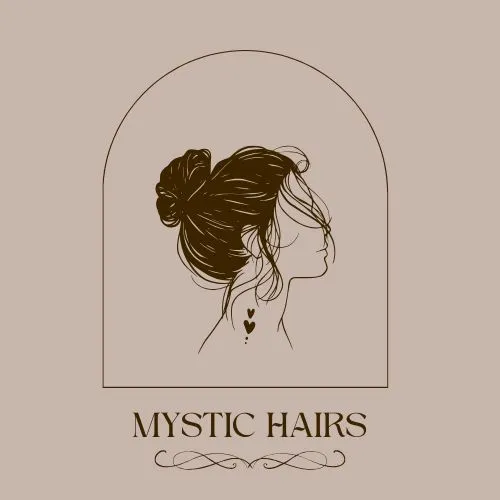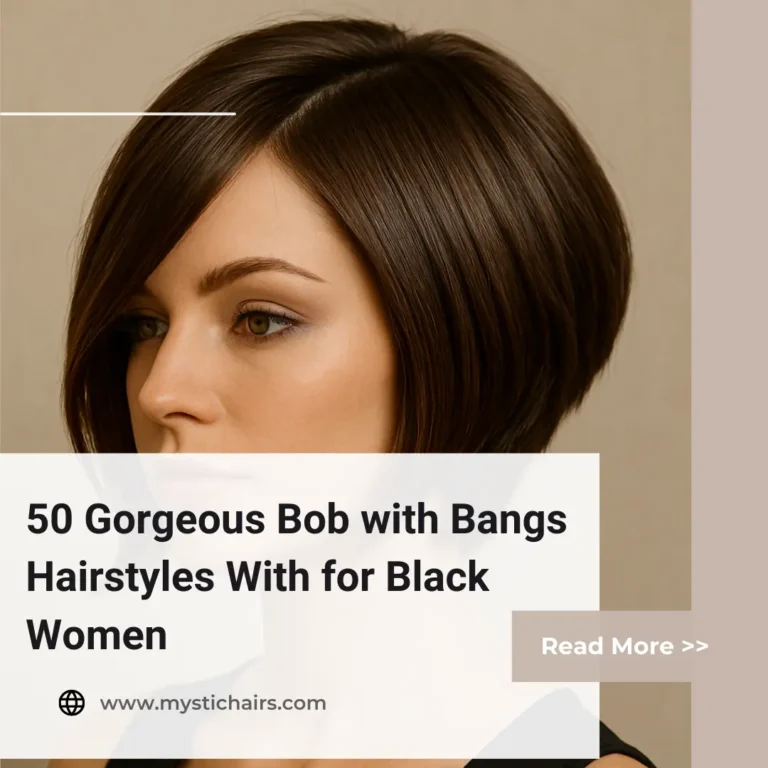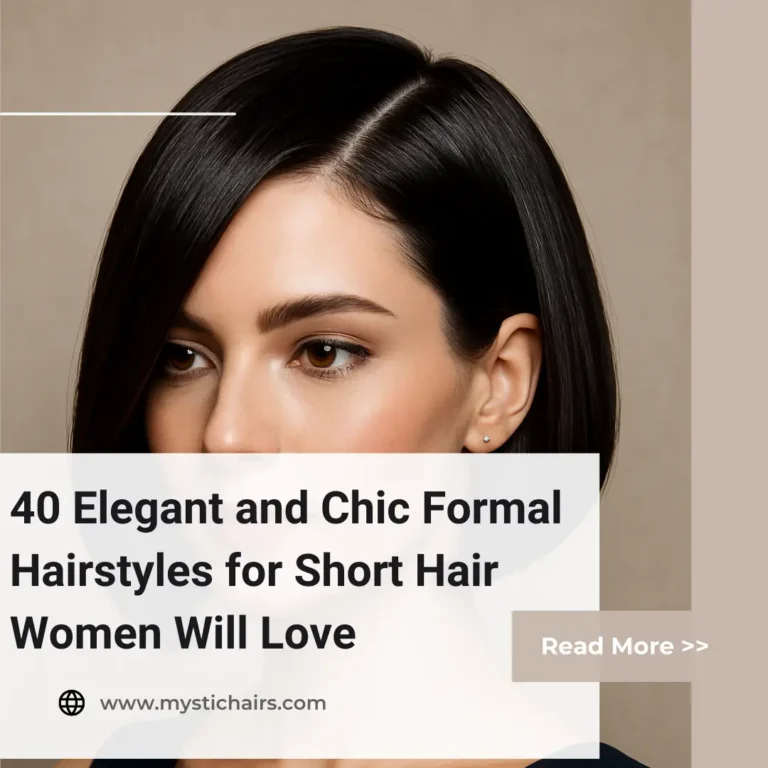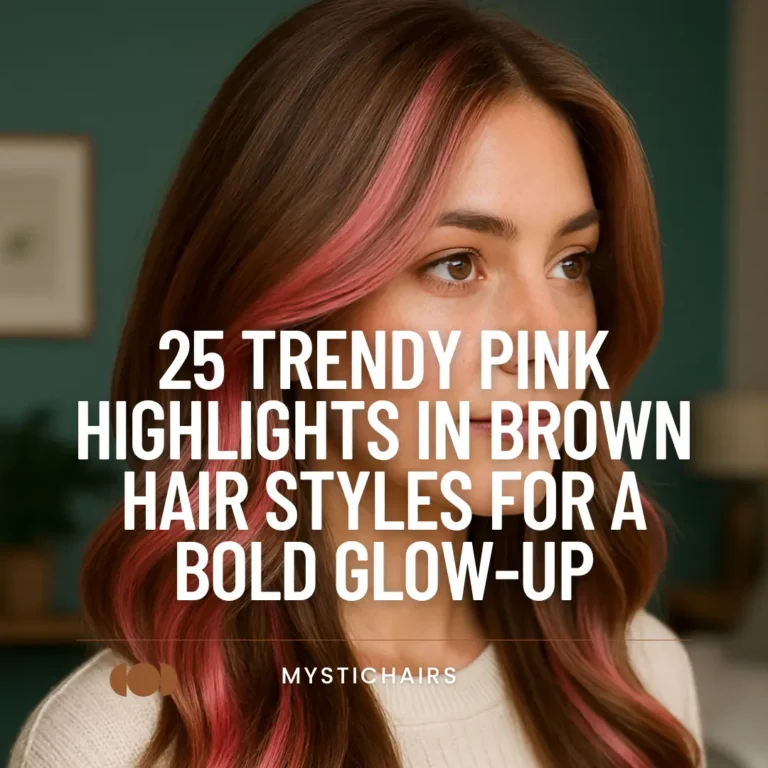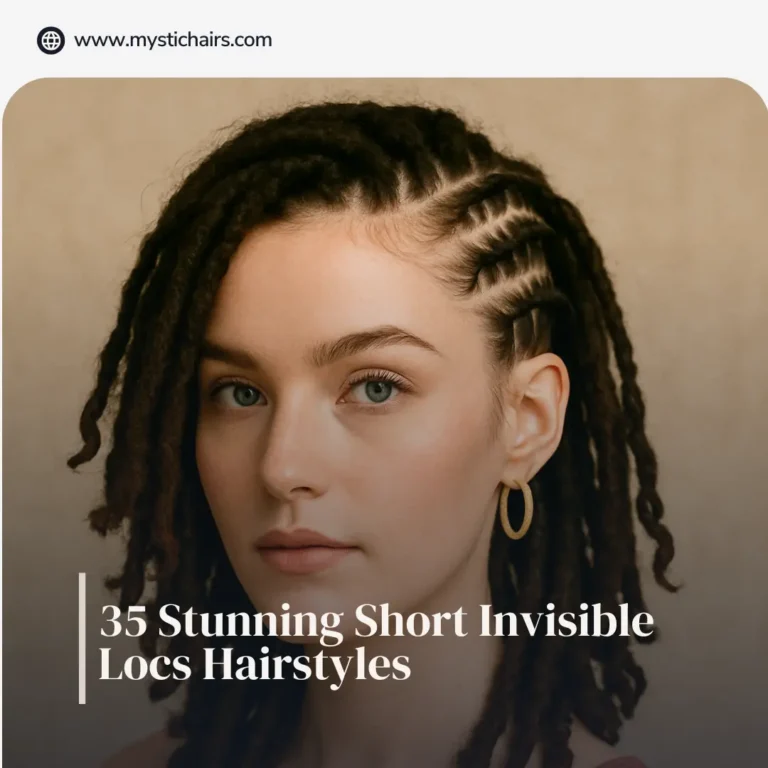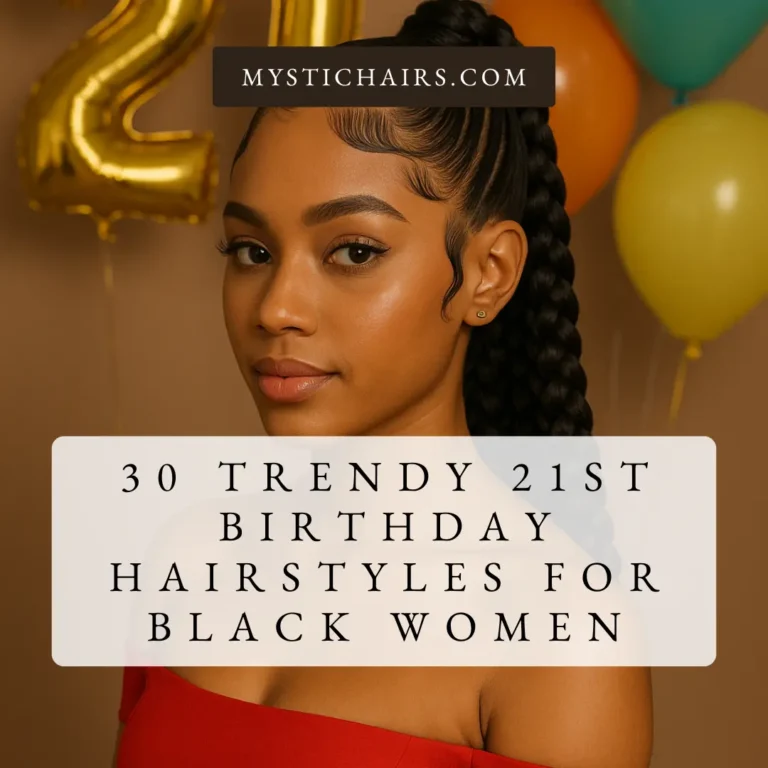How to Control Baby Hairs: Expert Tips and Styling Techniques for Smooth Edges
How to Control Baby Hairs is a challenge faced by many when trying to achieve a sleek and polished hairstyle. Baby hairs, those fine, wispy strands around the hairline, can be stubborn and difficult to manage. Whether your baby hairs tend to curl, stick out, or frizz, knowing the right techniques and products to tame them is essential for a flawless look.
How to Control Baby Hairs
This article dives into 15 effective styles and tips to help you master the art of controlling baby hairs while maintaining healthy hair and scalp.
1. Using Edge Control Gel for Sleek, Polished Hairlines
One of the most popular ways to manage and tame baby hairs is by using a quality edge control gel. These gels are specially formulated to provide a strong hold without flaking or causing buildup. Applying edge control gel with a small brush or toothbrush allows you to smooth down those flyaway strands and create sleek, well-defined edges.
To maximize results, apply the gel on dry or slightly damp hair and gently brush the baby hairs in the desired direction. Be sure not to use too much product, as it can make the hair stiff or sticky. Incorporating edge control gel into your styling routine is a practical method for learning how to control baby hairs effortlessly.
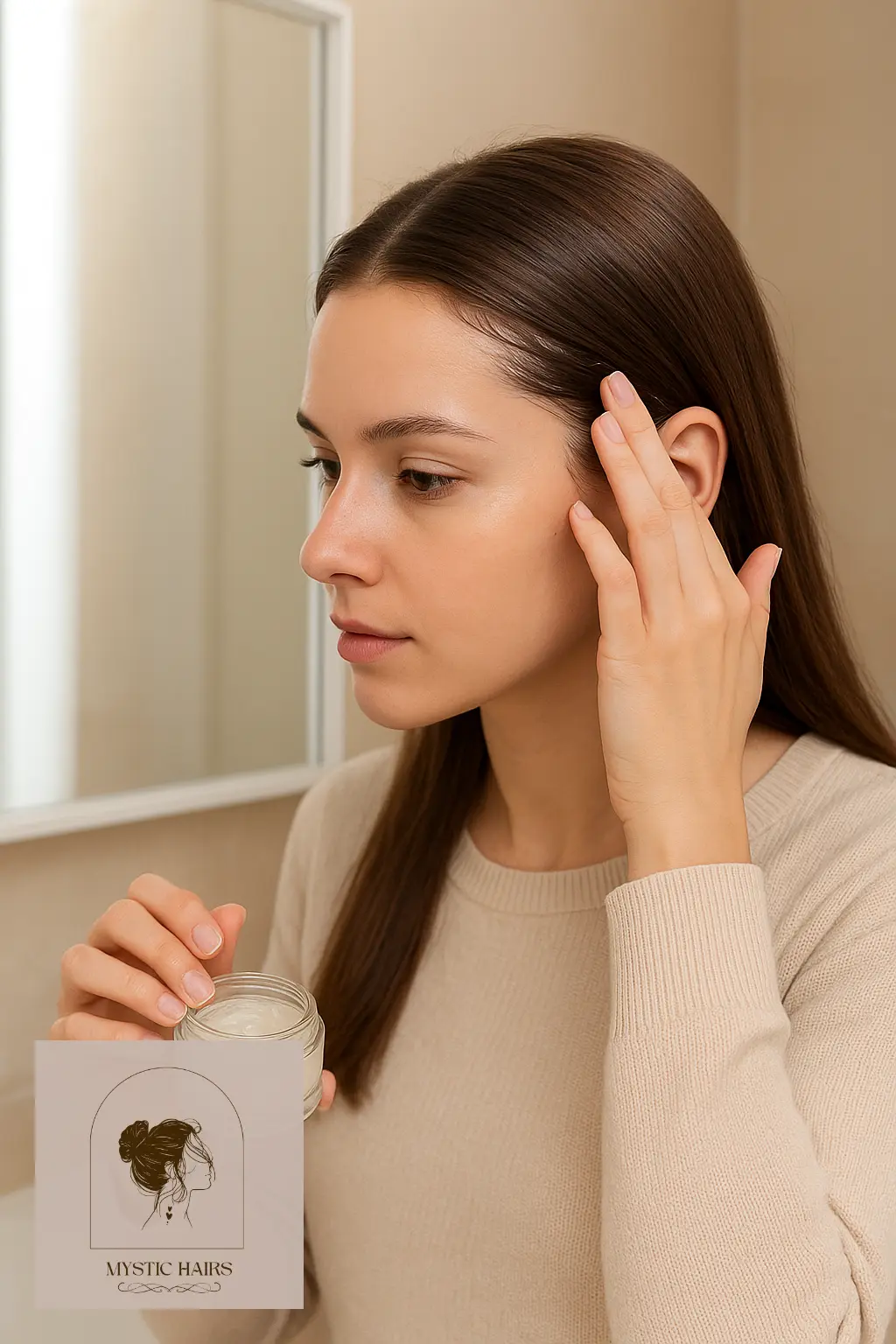
2. Using a Soft-Bristle Brush for Gentle Styling
A soft-bristle brush is an essential tool for anyone looking to tame baby hairs without causing damage. This type of brush helps to gently lay down the fine strands while distributing natural oils from the scalp, promoting healthier hair. Using a soft brush in combination with your favorite styling product can create smooth edges and reduce frizz.
Regular brushing with a gentle touch also encourages the natural alignment of baby hairs, making them easier to control over time. Incorporating this tool into your hair routine supports healthy scalp circulation and is an effective step in mastering how to control baby hairs naturally.
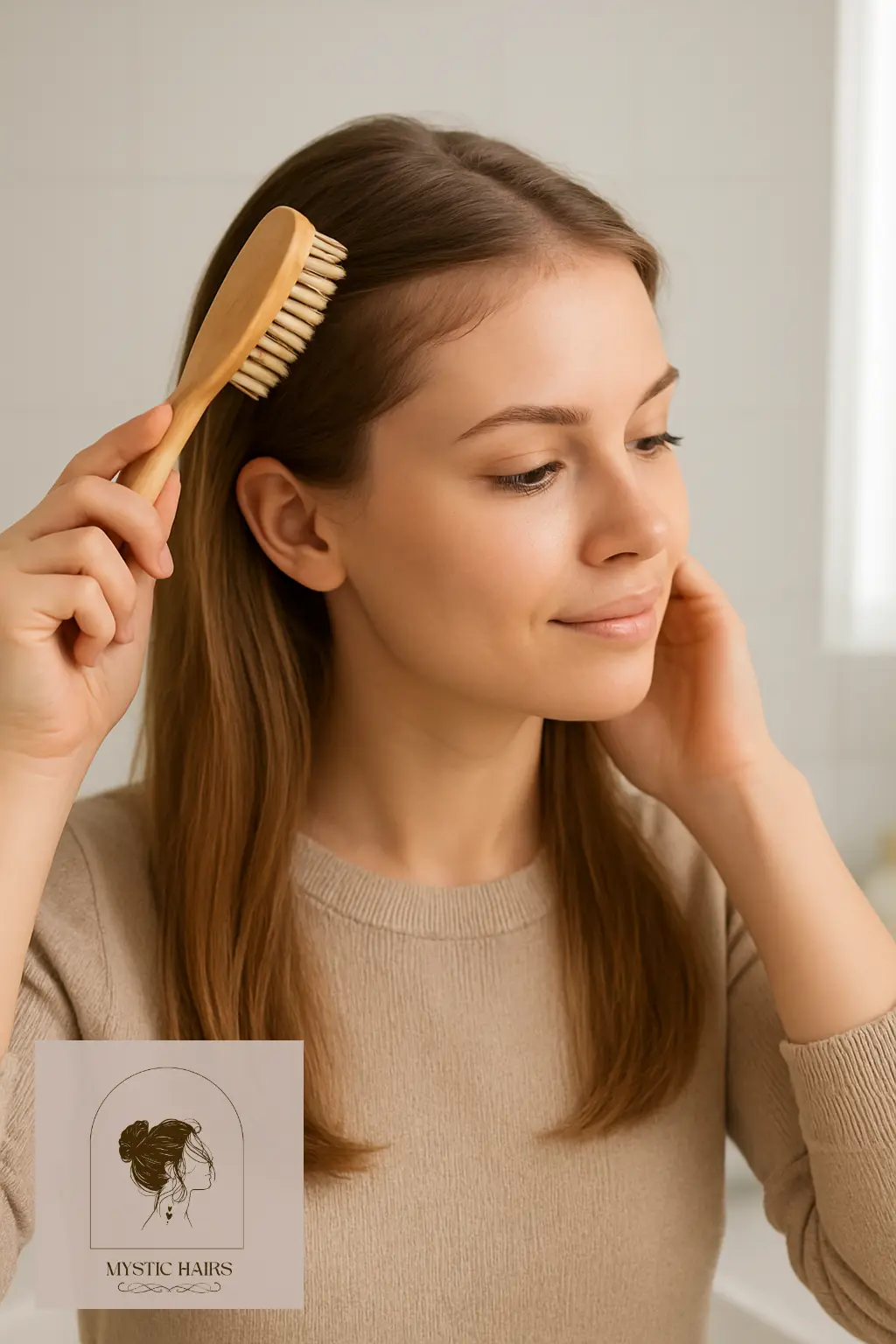
3. Applying Natural Oils for Moisture and Shine
Natural oils such as castor oil, jojoba oil, or argan oil can play a significant role in taming baby hairs while nourishing the scalp. These oils moisturize the fine strands, reducing dryness and flyaways that often make baby hairs appear unruly. Applying a small amount of oil before styling can help keep edges soft and manageable.
Using oils regularly also promotes healthier hair growth by strengthening the hair follicles and maintaining scalp hydration. When exploring how to control baby hairs, integrating natural oils into your hair care routine provides both styling benefits and essential nourishment.

Frizz and baby hairs often go hand in hand. Learning why does my hair dry frizzy can help you understand the root causes behind unruly strands and better manage flyaways.
4. Using a Scarf or Headwrap to Set Baby Hairs
After styling your baby hairs with gel or oil, wrapping a silk or satin scarf around your hairline can help set your edges in place. This technique allows the styling products to fully absorb and harden without disturbing the smooth finish you’ve created.
Silk and satin materials are gentle on hair and help reduce friction that can cause frizz and breakage. Using a scarf or headwrap overnight or for short periods during the day is a simple yet effective tip for how to control baby hairs and maintain polished edges longer.
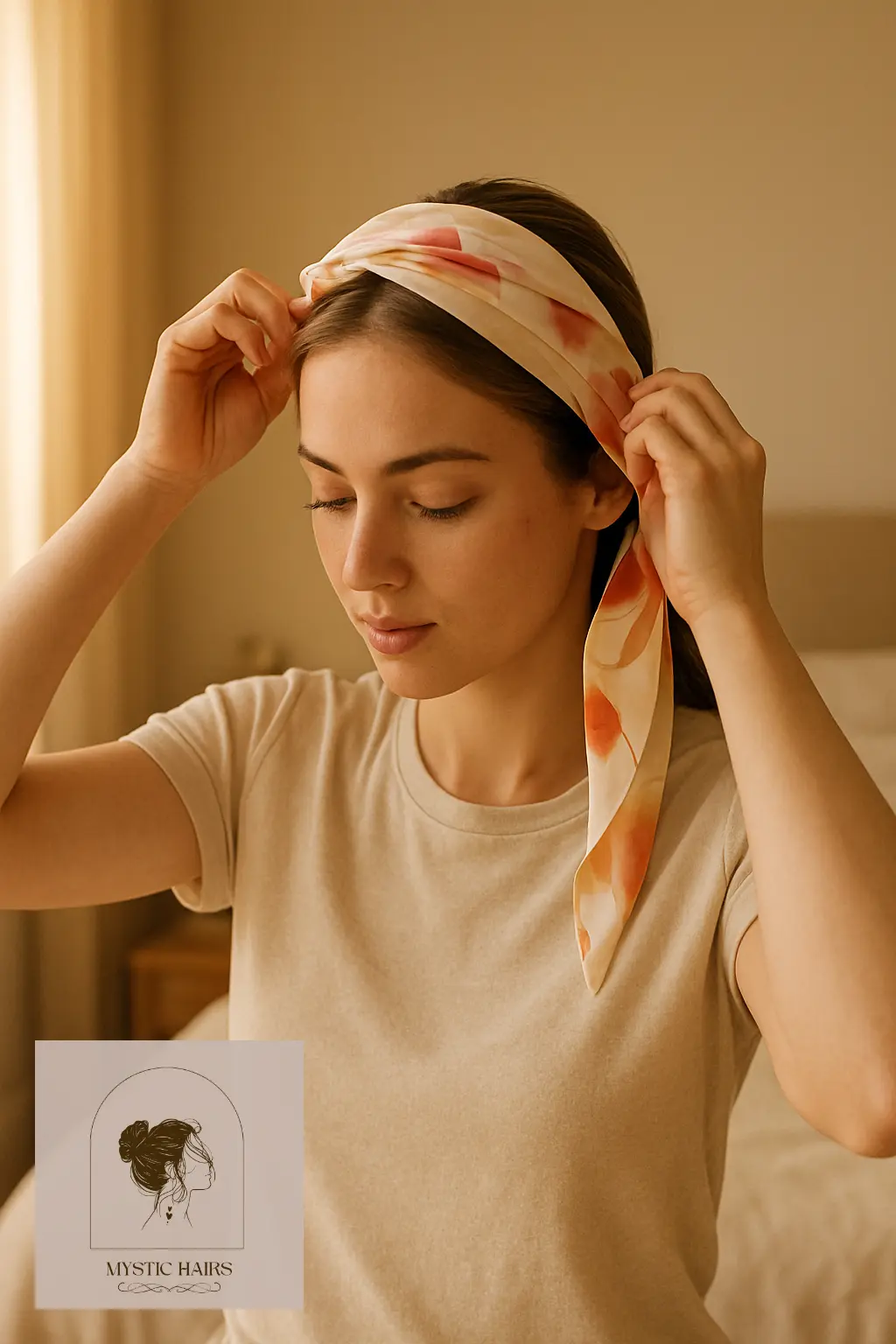
5. Avoid Over-Manipulating Baby Hairs to Prevent Damage
While it’s tempting to constantly touch or style baby hairs throughout the day, over-manipulation can lead to breakage and thinning. Repeated pulling or harsh brushing weakens these fine strands and may cause long-term damage to the hairline.
Learning how to control baby hairs also means giving them time to rest. Limit styling sessions and avoid using heavy products that can build up and cause scalp irritation. Practicing gentle care protects your baby hairs and encourages healthy growth over time.

6. Use Aloe Vera Gel for Lightweight Flyaway Control
Aloe vera gel is a fantastic natural alternative for those learning how to control baby hairs without heavy chemicals. This lightweight gel tames flyaways and smooths edges while providing moisture and soothing the scalp. Its non-greasy formula makes it ideal for daily use, especially for sensitive skin or fine hair types.
Applying aloe vera gel to baby hairs and styling them with a soft brush can help maintain a sleek hairline throughout the day. Plus, aloe vera’s nourishing properties support healthy hair growth, making it a dual-purpose product in your natural hair care routine.
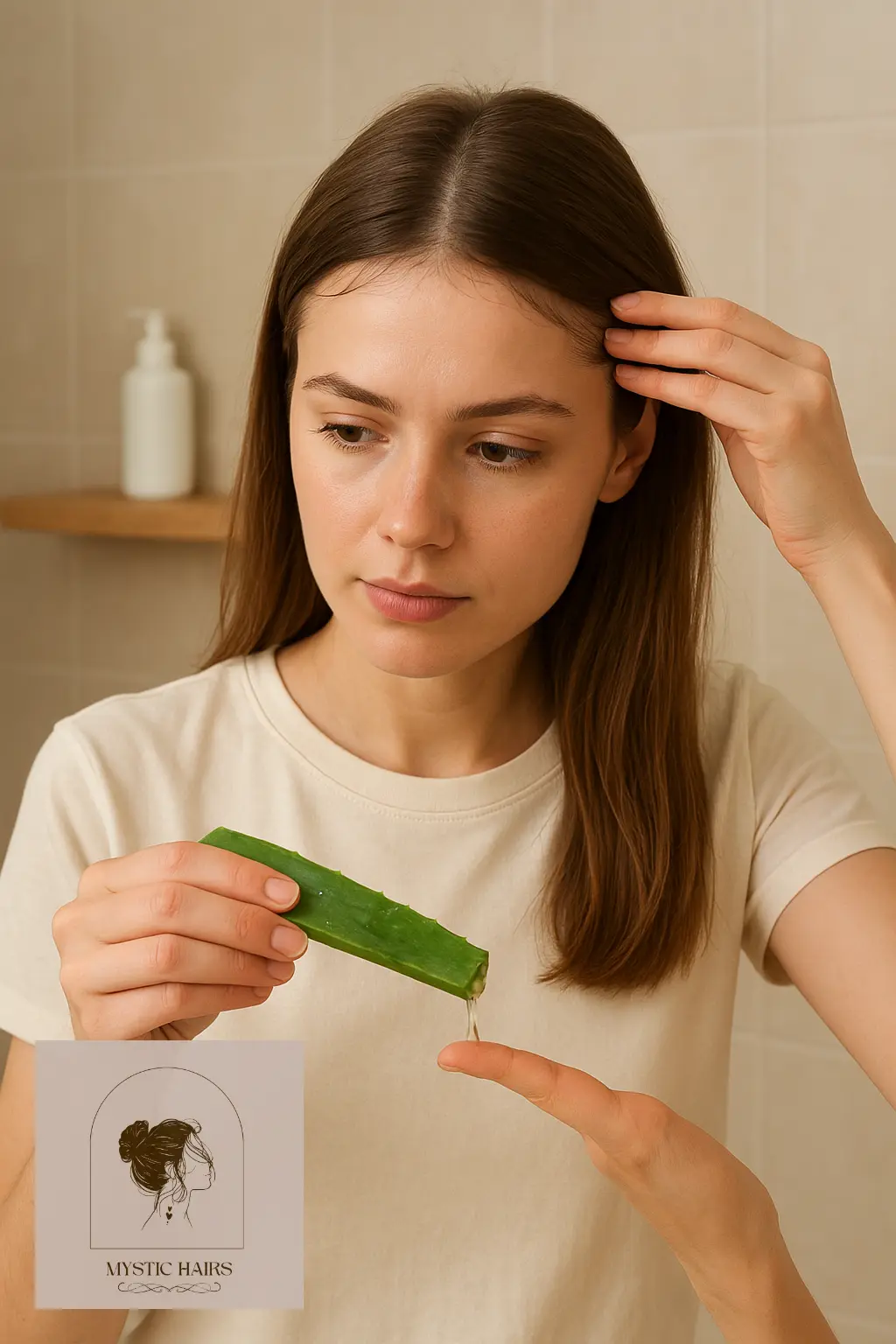
7. Try Using a Toothbrush for Precise Edge Styling
A common and effective technique for taming baby hairs is using an old, clean toothbrush. The small bristles offer precise control and allow you to sculpt intricate edges easily. This method is especially useful for creating swoops or waves along the hairline, enhancing your hairstyle with polished detail.
Combining the toothbrush with edge control gel or natural oils gives you greater hold and shine. Incorporating this tool into your hair styling tips helps you master how to control baby hairs and achieve smooth, defined edges every time.
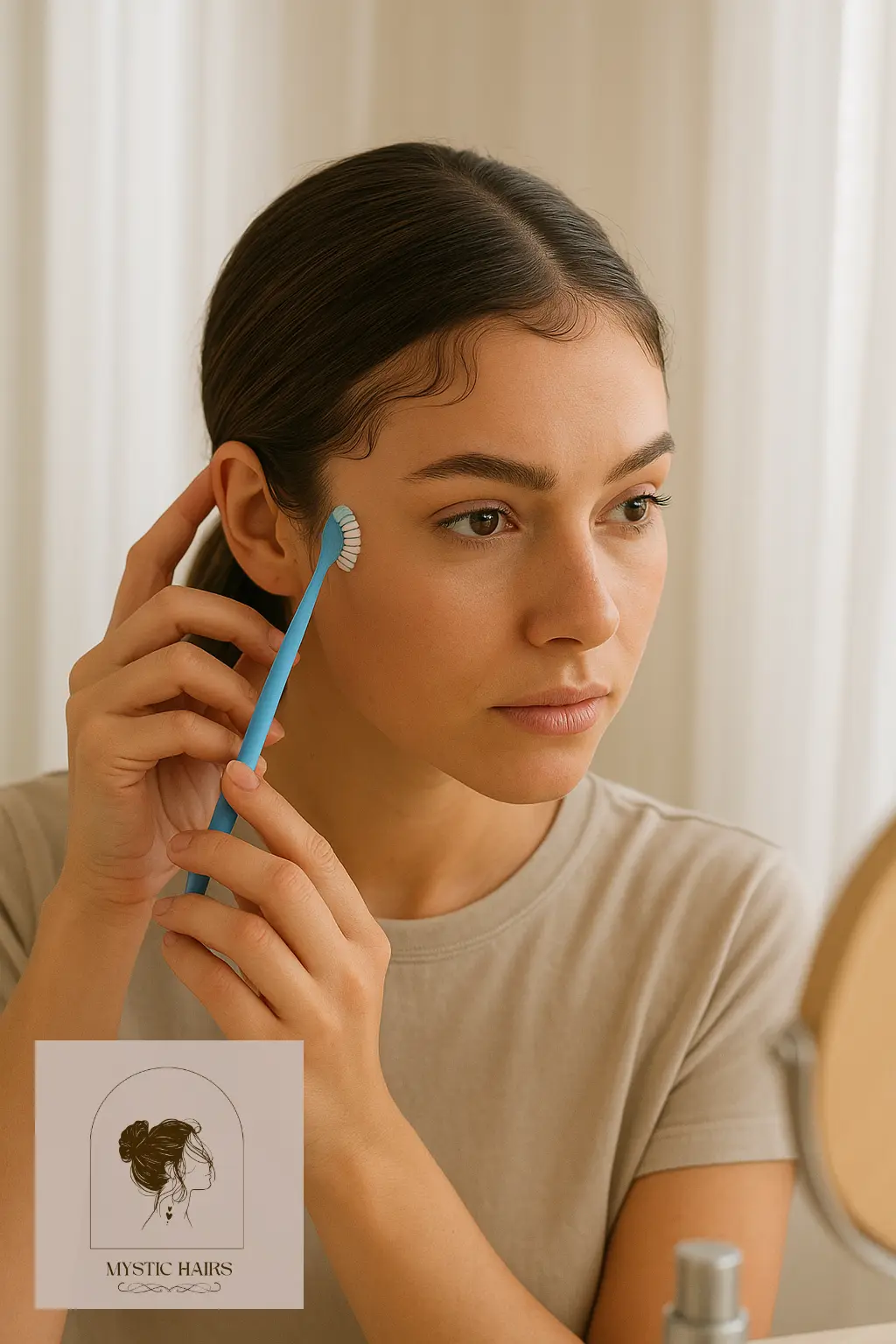
Post-wash care makes a big difference in how baby hairs behave. Discover what to do with hair after washing to keep new growth smoother and less prone to sticking up.
8. Keep Baby Hairs Hydrated to Prevent Frizz
Dryness is a major cause of frizzy and uncontrollable baby hairs. Regularly hydrating your edges using leave-in conditioners or light moisturizing sprays can help keep them soft and manageable. Well-hydrated baby hairs are less likely to break or stick out awkwardly.
Including hydration-focused products in your hair care routine is key when figuring out how to control baby hairs effectively. Moisturized edges complement other taming techniques by reducing flyaways and promoting a polished look.
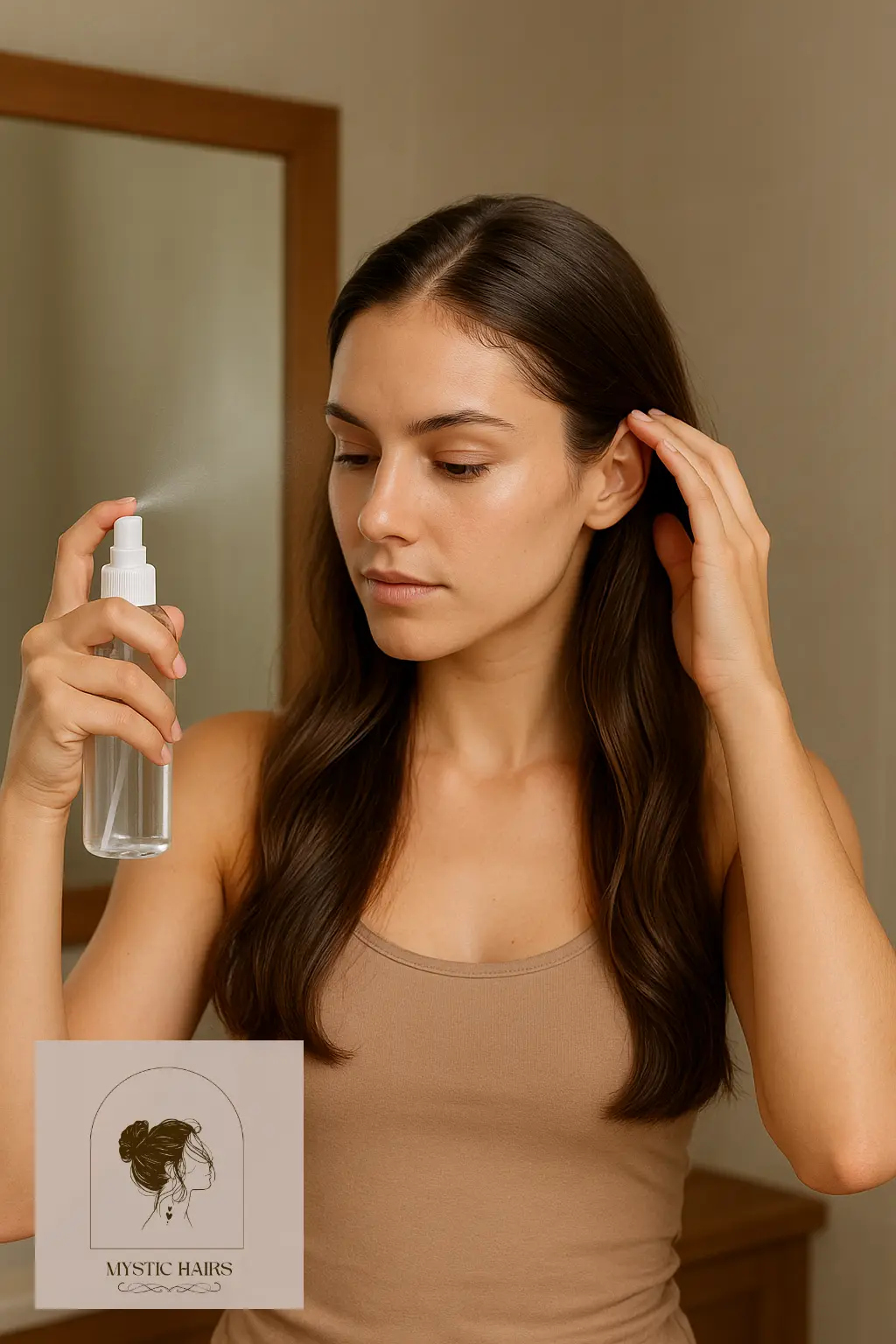
9. Limit Heat Styling to Protect Delicate Baby Hairs
Heat styling tools like flat irons and blow dryers can be damaging to baby hairs because of their delicate texture. Overuse can cause dryness, breakage, and weakened hair follicles. To protect your edges, it’s best to limit heat styling or use heat protectant sprays before applying any heat.
Understanding how to control baby hairs also involves recognizing the importance of gentle styling methods. Embracing natural textures and minimizing heat damage helps maintain a healthy scalp and stronger baby hairs.

10. Use Lightweight Styling Creams for Natural Hold
Lightweight styling creams are excellent for those wanting to tame baby hairs with a natural finish. These creams provide flexible hold without stiffness or residue, perfect for maintaining soft, smooth edges throughout the day.
Choosing styling creams enriched with vitamins and natural extracts supports both hold and hair health. Adding lightweight creams to your hair styling tips arsenal will help you consistently control baby hairs while keeping your hairline looking fresh and healthy.
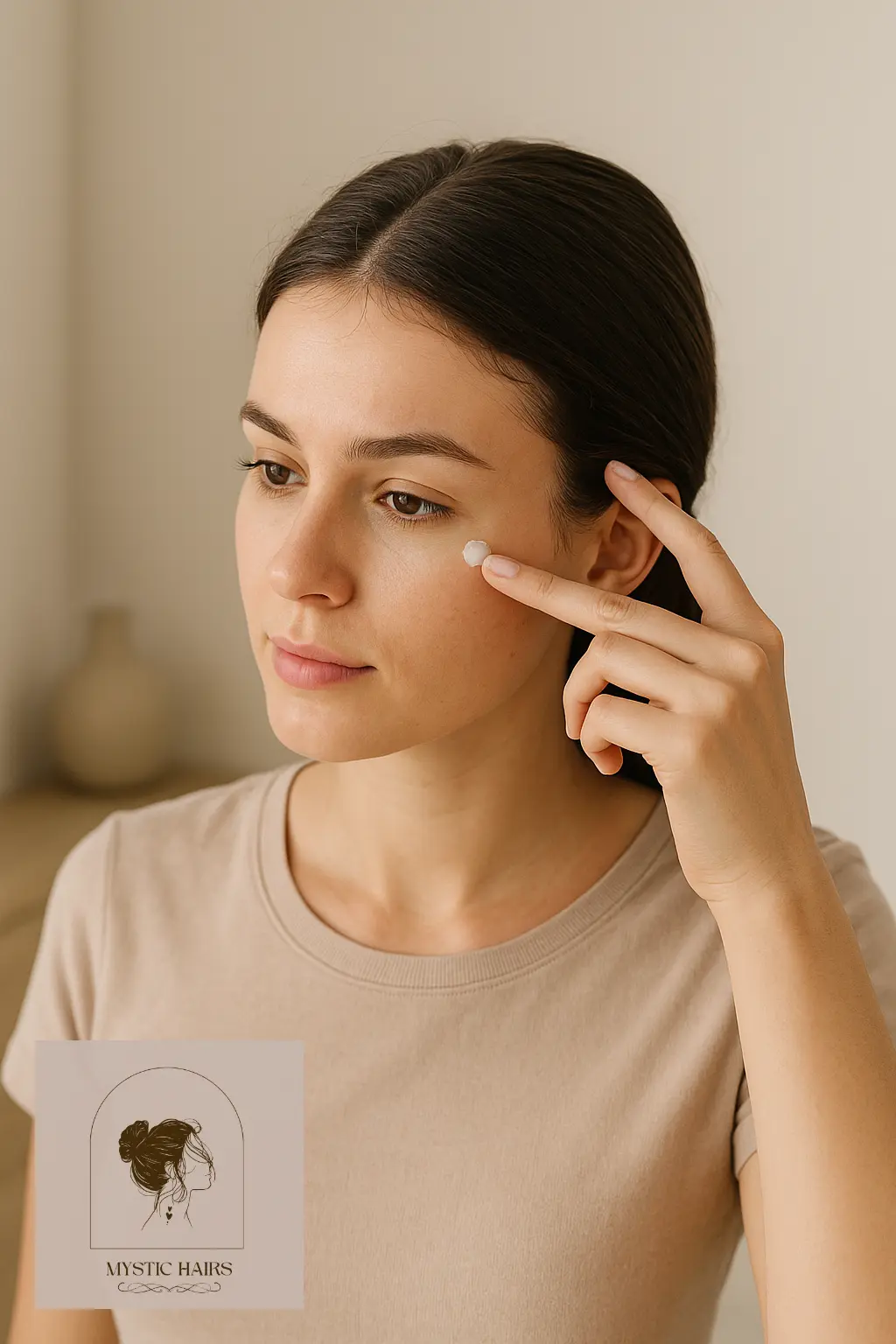
11. Protect Baby Hairs While Sleeping with Silk or Satin Pillowcases
One of the easiest ways to enhance how to control baby hairs is by switching to silk or satin pillowcases. These materials reduce friction compared to cotton, helping to prevent breakage and frizz around the hairline. Protecting your baby hairs overnight keeps your edges smooth and intact for longer.
Using silk or satin also supports hairline maintenance by preserving moisture and preventing damage caused by rough fabrics. This simple hair care tip is essential for anyone seeking lasting flyaway control and healthier baby hairs.
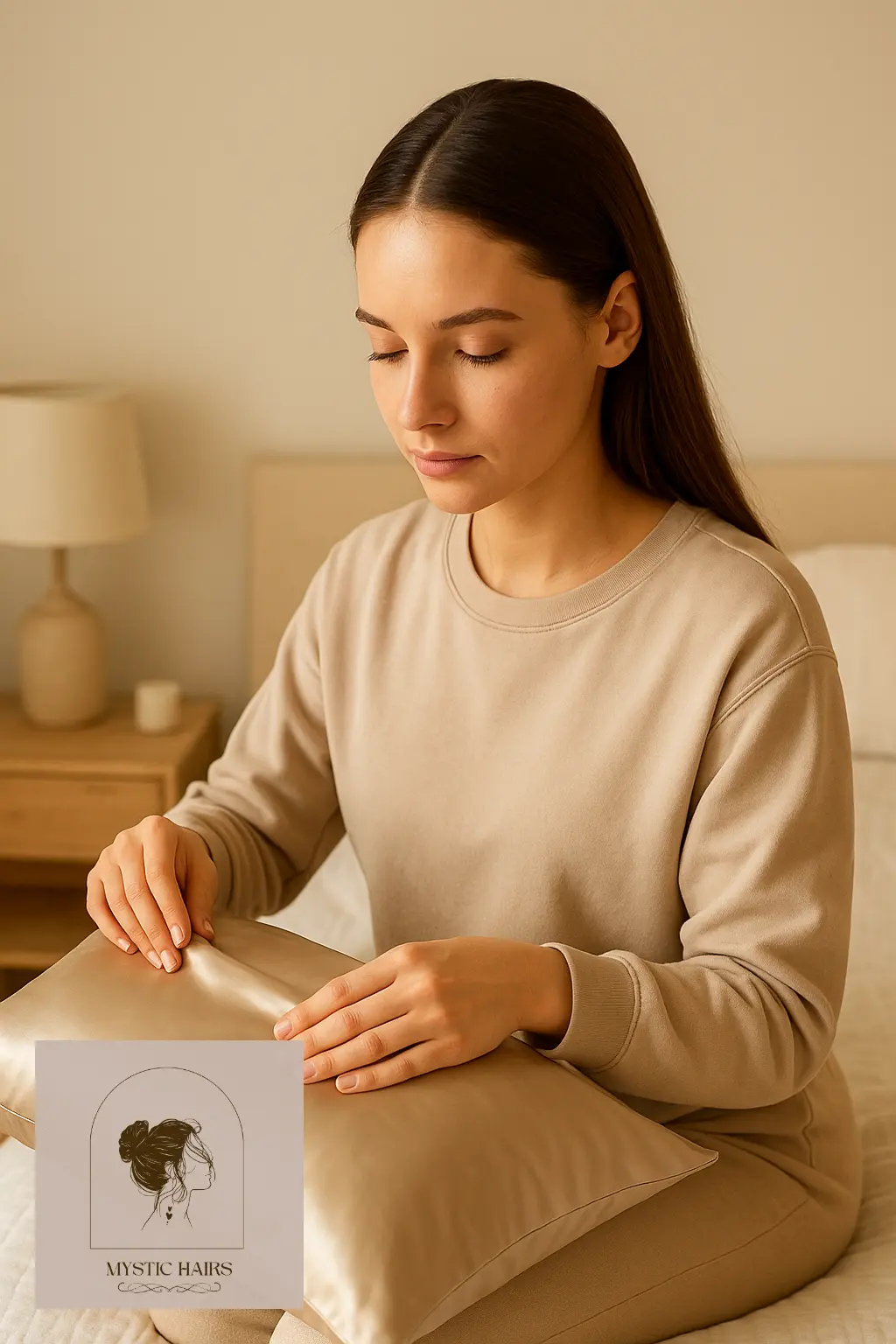
12. Incorporate Protein Treatments to Strengthen Fragile Baby Hairs
Protein treatments are vital in your natural hair care routine when focusing on how to control baby hairs effectively. These treatments help rebuild the hair shaft, strengthening fragile strands that are prone to breakage and thinning.
Regularly applying protein-rich masks or conditioners improves the elasticity and resilience of baby hairs. Strengthening these delicate hairs is a crucial step in hairline maintenance and preventing premature hair loss.
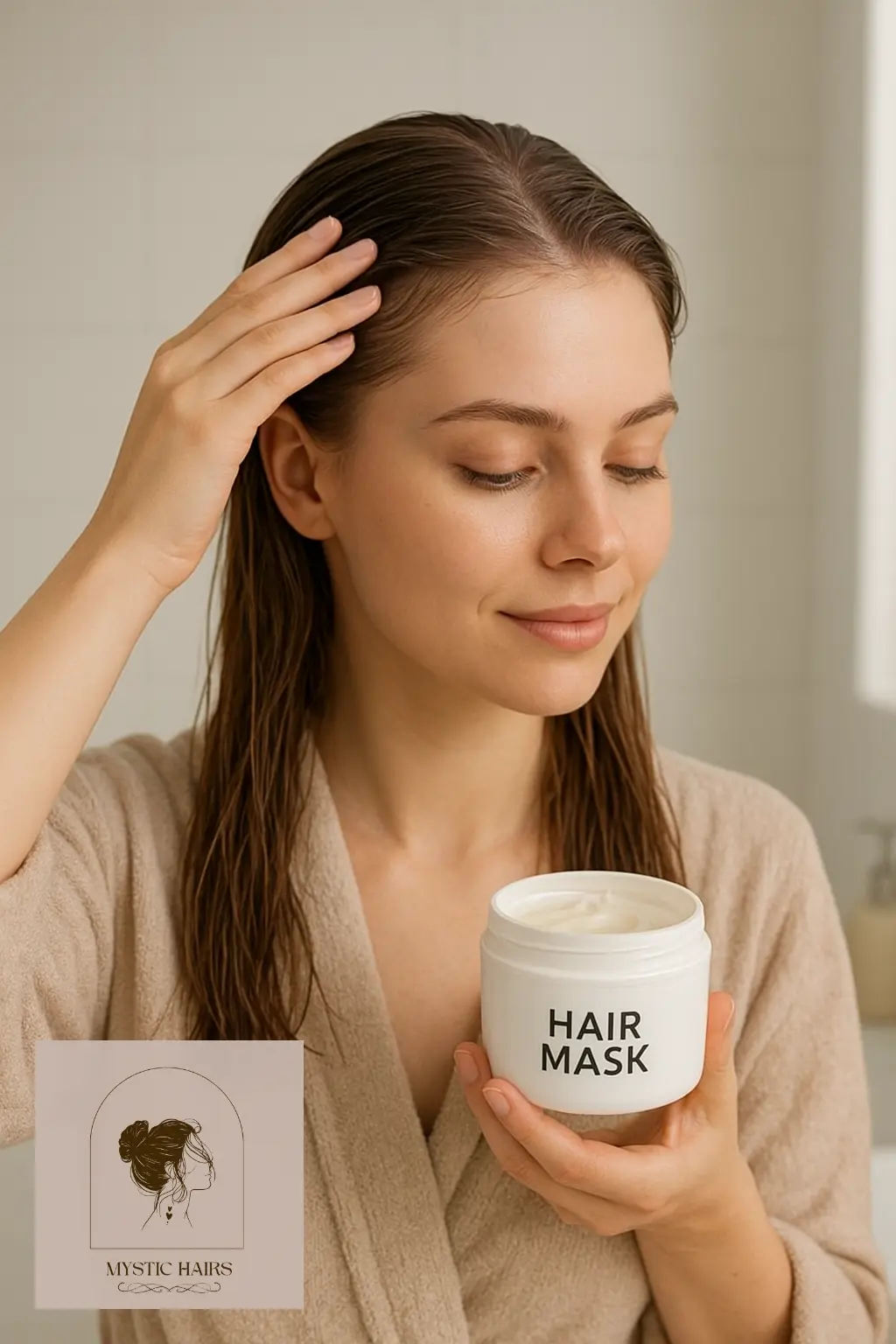
13. Avoid Heavy Products That Weigh Down Baby Hairs
Using heavy creams or oils can sometimes cause baby hairs to look greasy or flattened, making them harder to control. When learning how to control baby hairs, opt for lightweight styling products designed for flyaway control that won’t weigh down your edges.
Choosing the right product consistency ensures your baby hairs stay soft and natural-looking without excess buildup, which is essential for a clean, sleek hairline.
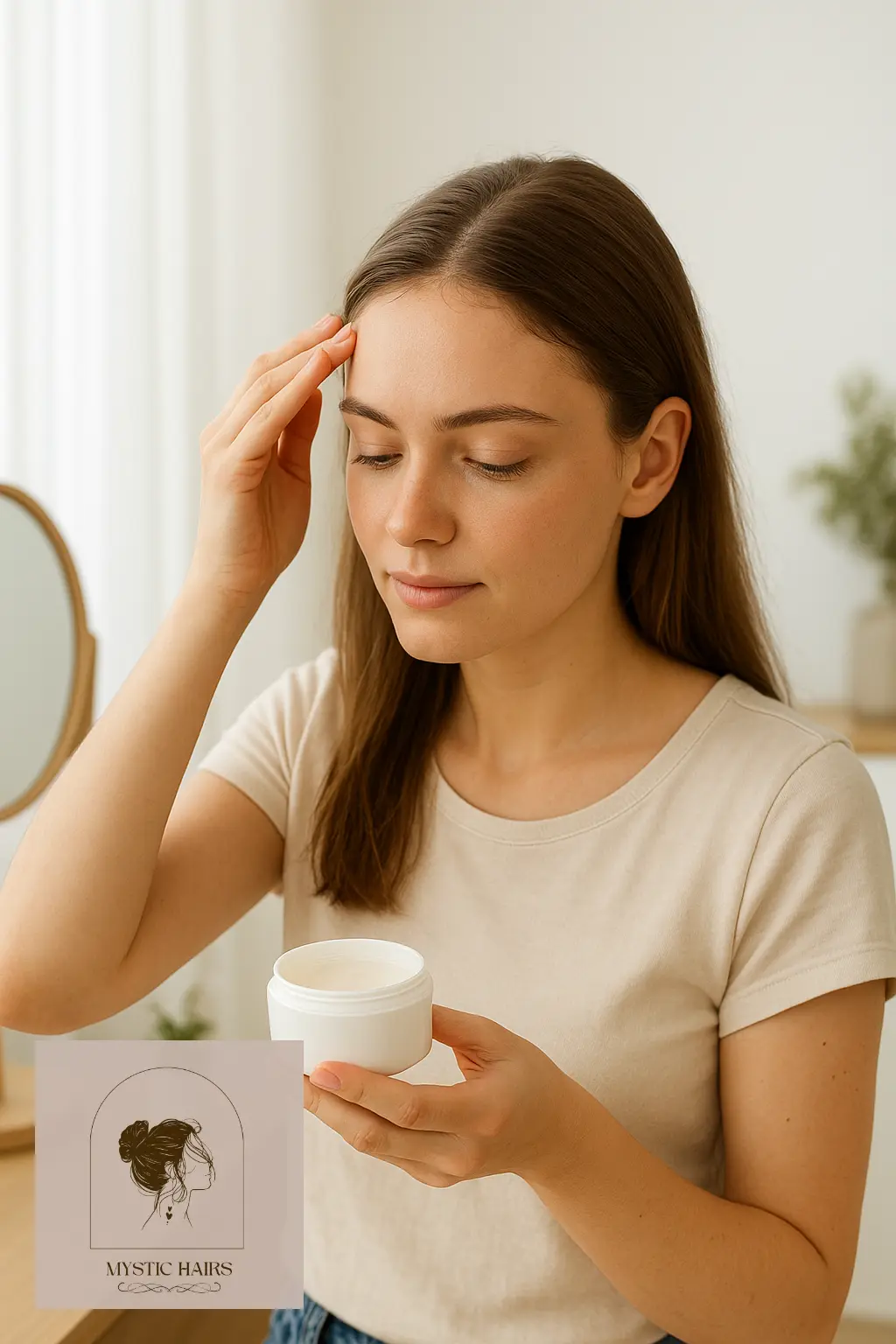
Mineral buildup can make baby hairs harder to tame. Knowing how to remove hard water build up from hair ensures your strands stay soft, smooth, and manageable.
14. Use Water Spritz and Finger Styling for Quick Fixes
For quick and easy control of baby hairs throughout the day, using a simple water spritz combined with finger styling can be very effective. This method offers a gentle way to tame frizz and flyaways without applying extra product.
The moisture helps to smooth out fine hairs while finger styling allows precise shaping of the edges. This quick hair styling tip is perfect for refreshing your look while maintaining healthy, controlled baby hairs.
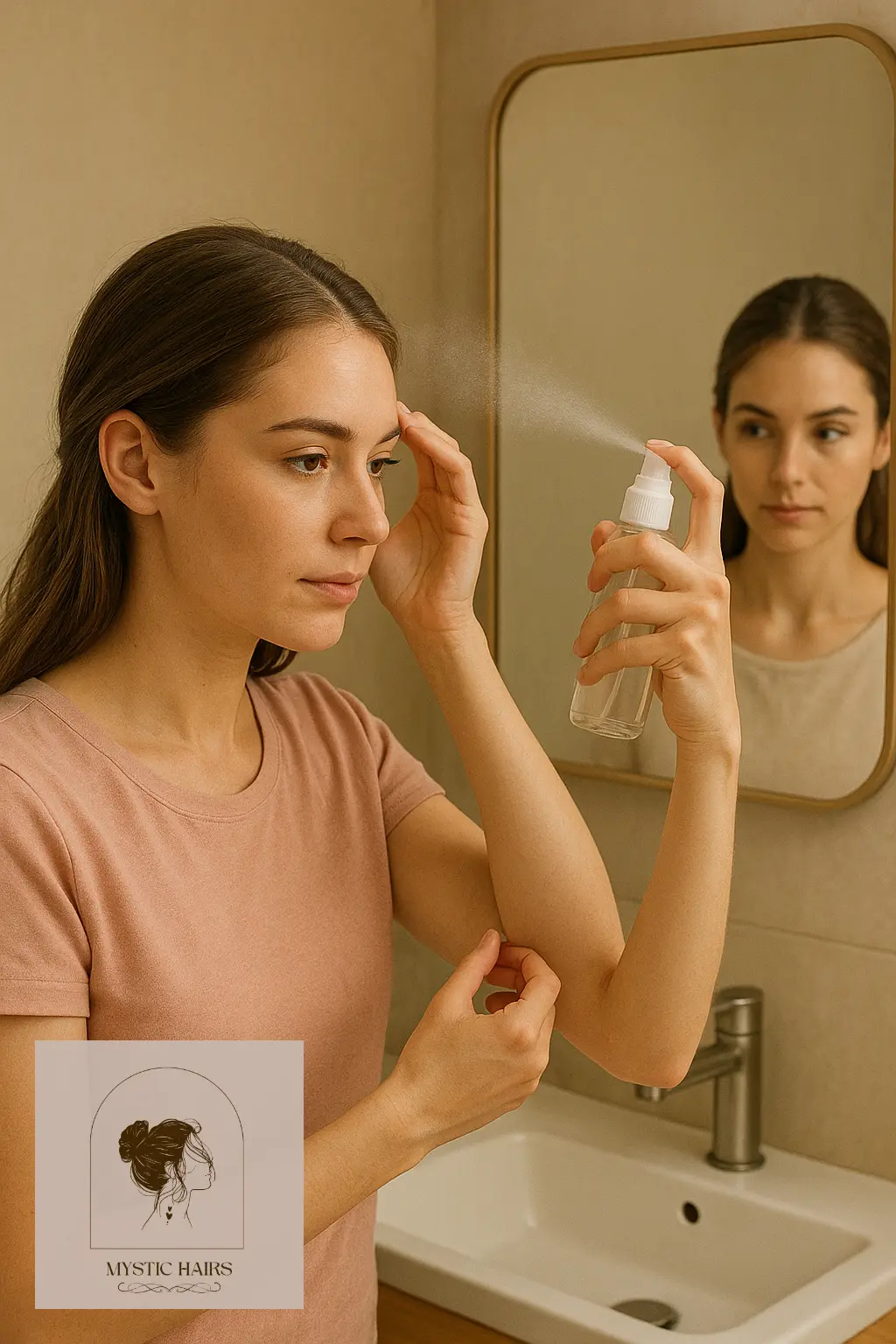
15. Keep Your Scalp Clean to Promote Healthy Baby Hair Growth
Healthy baby hairs start with a clean, balanced scalp. Regular cleansing with gentle shampoos designed for sensitive skin helps prevent product buildup that can clog hair follicles and stunt hair growth.
Maintaining scalp hygiene is an essential part of natural hair care and directly impacts your success in how to control baby hairs by encouraging stronger, healthier hair from the roots.
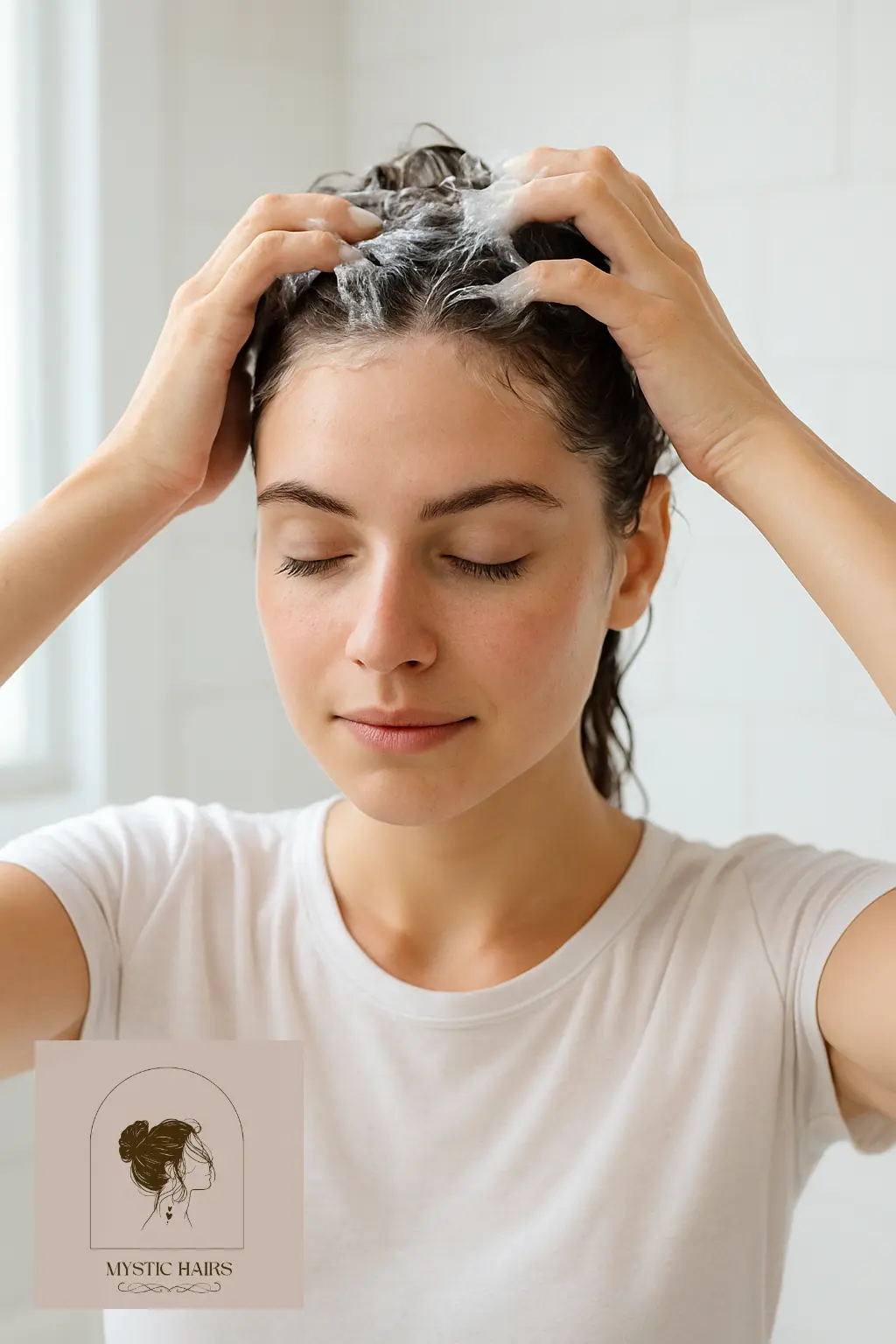
Bonus Tips to Master How to Control Baby Hairs
To take your journey on how to control baby hairs to the next level, consider these bonus tips that combine effective hair styling tips and essential natural hair care practices. First, always remember to be gentle with your edges—excessive pulling or harsh styling can cause breakage and thinning. Using a soft touch preserves the delicate baby hairs and promotes healthy growth.
Second, incorporating a regular scalp massage with nourishing oils like castor or jojoba oil improves circulation and strengthens hair follicles. This enhances your ability to tame baby hairs naturally by supporting a healthy scalp environment. Third, stay consistent with your routine—whether it’s applying lightweight styling creams, using a silk pillowcase for flyaway control, or hydrating your edges daily, consistency is key to lasting results.
Finally, protect your hair from environmental stressors such as pollution and harsh weather by wearing hats or scarves when necessary. These protective habits complement your overall hairline maintenance and help you keep those baby hairs looking sleek and well-managed. Combining these bonus tips with the main strategies will give you complete control over your baby hairs while ensuring they remain healthy and vibrant.
Final Note on How to Control Baby Hairs
Mastering how to control baby hairs takes patience, the right techniques, and consistent care. By using quality products for flyaway control, practicing gentle styling methods, and maintaining a healthy scalp with proper natural hair care, you can achieve smooth, polished edges that enhance any hairstyle. Remember, healthy baby hairs are a sign of a well-nourished scalp and strong hair follicles.
Stay dedicated to your hairline maintenance routine, protect your edges from harsh treatments and environmental damage, and embrace gentle styling tools and products designed specifically for delicate baby hairs. With time and care, you’ll confidently enjoy sleek, manageable baby hairs that complement your natural beauty.

Aria Blake is a beauty writer and hairstyle curator passionate about empowering women through timeless trends and modern haircare. With a deep love for natural textures and creative styling, Aria blends expert tips with real-life inspiration to help you look and feel your best—every single day. When she’s not writing for MysticHairs.com, you’ll find her exploring protective styles, sipping herbal tea, or pinning dreamy looks for your next hair glow-up.
